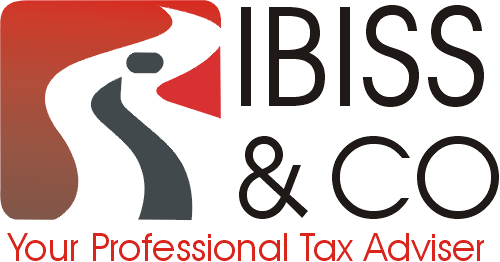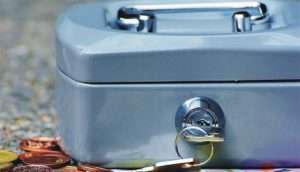Business-related expenses are one of the best (and worst) things about working for yourself. On one hand, business owners have to find a way to deal with the initial outlay (which can have an effect on cash flow); but, on the other, it’s possible to save money in the long run by deducting eligible costs from the company’s tax bill.
Capital allowances offer one such mechanism for reducing your tax bill, allowing you to obtain some relief for the money spent on business-related assets. In this blog, we’ll explore the types of capital allowances and whether you might be eligible to claim them.
Types of Capital Allowance
There are four different types of capital allowances, as follows:
- First year allowance
- Annual investment allowance
- Balancing allowance
- Writing down allowance
Each type is governed by its own specific conditions and rules that must be followed in order to claim. We highly recommend that you instruct a qualified accountant to ensure that you are making use of all the allowances you might be eligible for. However, in most cases, the two that are likely to apply are the writing down allowance and the annual investment allowance (AIA). Read on for an exploration of the most commonly available allowances.
What is the Annual Investment Allowance?
If you make an investment in a capital asset for your business (a long-term asset like plant or machinery, as opposed to a revenue asset), it’s likely that the annual investment rules will apply. These are as follows:
- For the 2018-2019 tax year, the annual investment allowance is £200,000.
- The allowance will remain the same for 2019-2020 tax year.
- This means that you can spend up to £200,000 on capital assets during the relevant accounting period and deduct this from your tax bill. For example, if you were to spend £30,000 on refurbishing business premises owned by your company, and your taxable profit for that accounting period was £50,000, you’d only need to pay tax on £20,000.
What is the Writing Down Allowance?
The writing down allowance is a useful allowance in certain scenarios: for example, if you’ve spent more than the AIA limit of £200,000, or if the items you’ve obtained don’t qualify for AIA.
Examples of items that might not apply for AIA are:
- Cars
- Assets you’ve brought from one business to another, or assets that were owned personally but have been subsequently used for business (such as a laptop you already owned when you started the business).
- Gifts.
The writing down allowance offers a method of attaining some tax relief by deducting a percentage of the value of the item from your profit. The percentage that you can claim depends on the asset in question.
How to Claim Writing Down Allowance
- For all items apart from cars (which are governed by separate rules – see below): figure out the value of the item. This is either what you paid for it; or, if it was previously owned by you/given as a gift, you may be able to use the market value.
- You then need to group expenses into ‘pools’ according to type. If items fall into the ‘main rate pool’, they qualify for a percentage of 18 , whereas assets in the ‘special rate pool’ qualify for a percentage of 8 . Single assets fall into either the 18 or 8 bracket.
- Once you’ve recorded everything, let HMRC know: limited companies must state on their tax return if they’ve decided to create a short-life asset pool, whereas sole traders should send written confirmation of any purchases to HMRC (the deadline for this is the online filing deadline for the tax year after the year in which the item was acquired).
A Note on Business Cars
Business cars are subject to separate rules. They cannot be claimed for under the annual investment allowance rules, but the writing down allowance or the first year allowance may apply. Some cars with low C02 emissions may qualify for the first year allowance – in which case 100 of the cost can be claimed; however, most vehicles fall into the main rate allowance, meaning that 18 can be claimed. For vehicles with C02 emissions above 130g/km, the special rate allowance will apply, entitling the business to claim 8 .
However, there are other factors that will have a bearing on what a business can claim: whether the car was new or second hand, for instance, and when it was purchased. As with all capital allowance claims, unless you are absolutely certain about which category your business vehicle falls into, it’s highly advised that you seek the advice of an IBISS & Co tax professional to help you make the most of any reliefs available – and to ensure that you stay on the right side of the rules (which can be very complicated). Contact us today to find out how we can help you.




